3 key digital transformation priorities for 2024
CIO Business Intelligence
DECEMBER 19, 2023
In researching this article, I found gaps where CIOs promised capabilities to stakeholders, but implementations and business impacts have lagged expectations. Improving search capabilities and addressing unstructured data processing challenges are key gaps for CIOs who want to deliver generative AI capabilities.


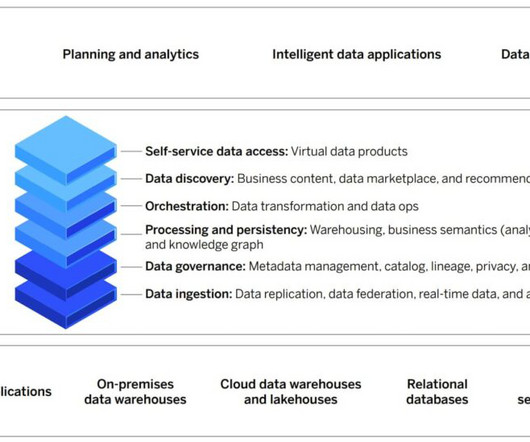

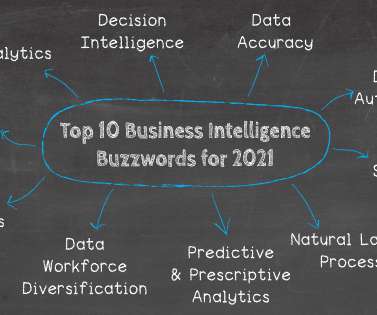


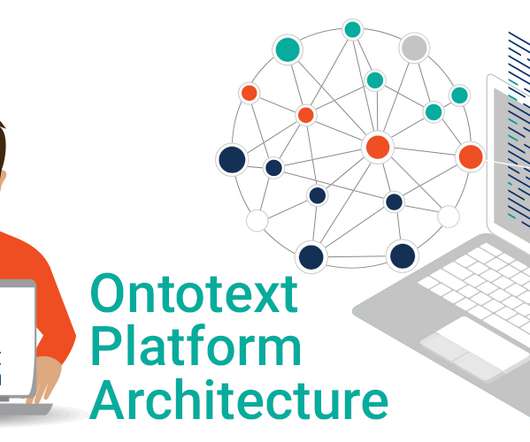
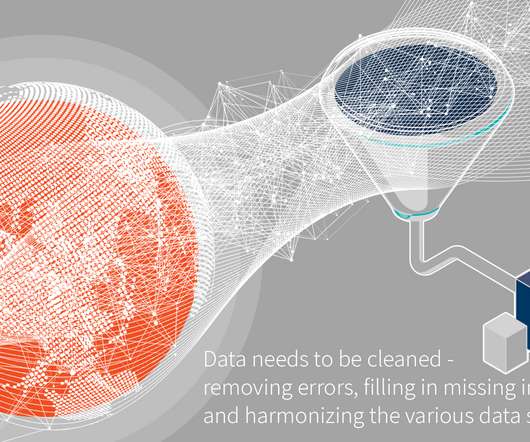



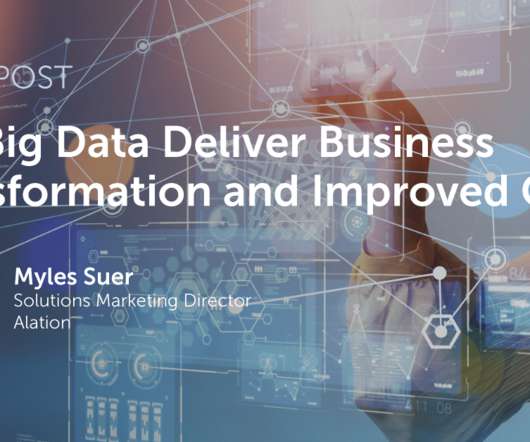









Let's personalize your content